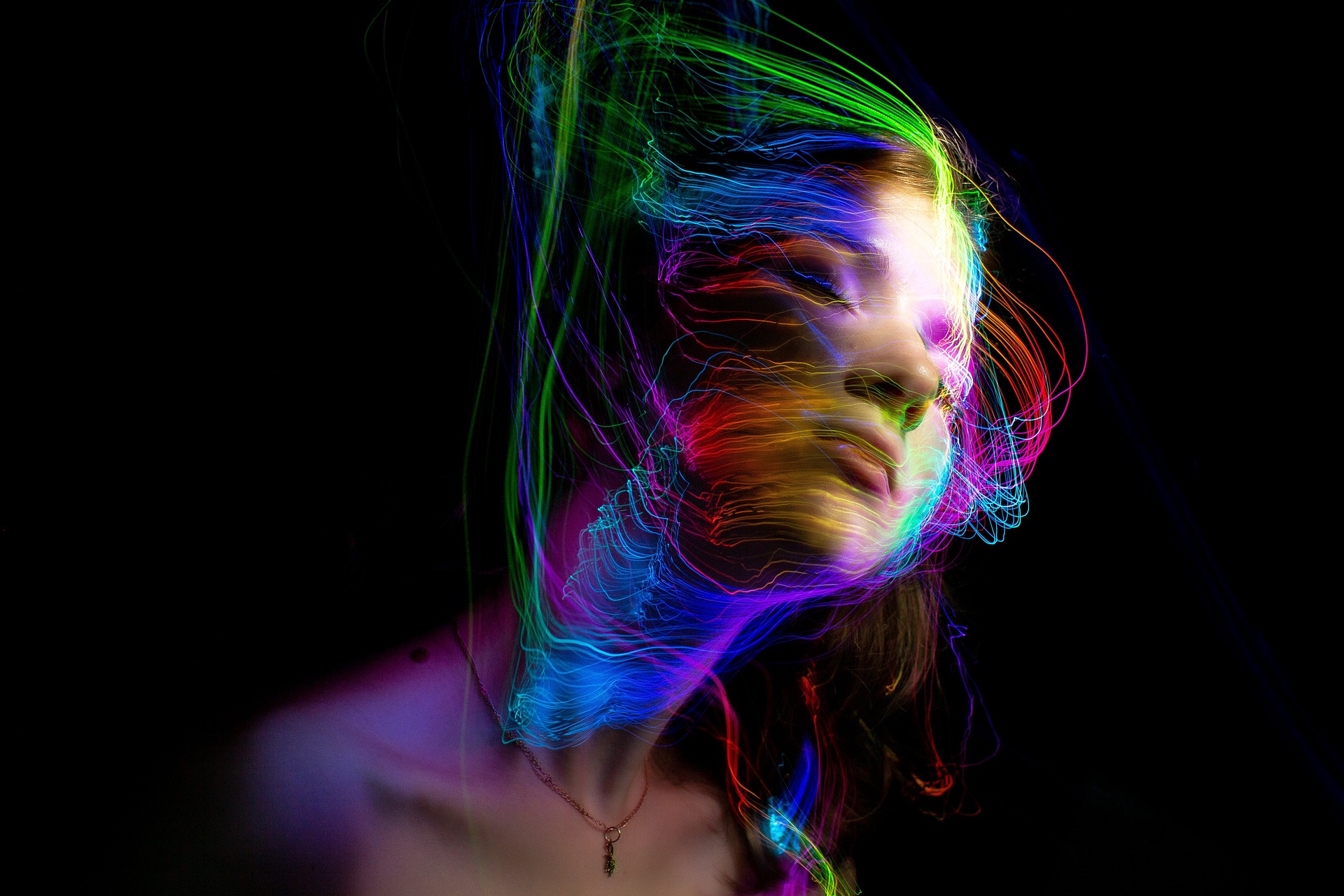Synesthesia in Cinema: A New Wave of Sensory Storytelling
Imagine a world where colors have a distinct taste, words emit a certain fragrance, or sounds paint vivid images. Welcome to the realm of synesthesia, a neurological phenomenon that merges senses, now being harnessed as a storytelling tool in cinema.

The Intrigue of Synesthesia
Synesthesia, from the ancient Greek words “syn” (together) and “aisthēsis” (sensation), is a perceptual condition where the stimulation of one sensory pathway leads to an automatic, involuntary experience in another. For instance, someone might taste shapes, see sounds, or associate letters with specific colors. This intriguing phenomenon has been known and studied for centuries, but it’s only recently that filmmakers have begun to explore its potential for creating immersive and unique narratives.
Synesthesia in Film: A Recent Development
In the past decade, filmmakers have started to utilize synesthetic elements to enrich the cinematic experience. They strive to create a sensory fusion that allows the audience to taste the colors, smell the sounds, or feel the words spoken by the characters. This approach is not about adding more special effects, but about enhancing the emotional impact and depth of the story through multisensory stimulation.
Pioneers and Standout Examples
A notable pioneer is director Peter Strickland with his film “In Fabric” (2018), where he masterfully uses synesthetic techniques to evoke a tactile response to visuals. The viewers not only see the eponymous red dress but can almost feel its texture and weight.
Another standout example is “The Neon Demon” (2016) by Nicolas Winding Refn. The film uses color and sound to create an almost hallucinatory landscape, blurring the line between what is seen and what is felt, thus redefining the viewers’ perception of reality.
Impact and Reception
The reception of these films has been mixed, with some audiences appreciating the innovative approach, while others find it disorienting or confusing. However, the impact is undeniable. These films challenge traditional narrative structures and offer a unique sensory experience.
Critics have noted that synesthetic cinema provides a fresh and innovative way to engage audiences, creating a more intimate and immersive experience. It also opens up discussions about perception, reality, and the very nature of human experience.
Looking Ahead: The Future of Synesthetic Cinema
As the film industry continues to evolve and seek new ways to tell stories, it seems likely that more directors will experiment with synesthetic techniques. This could lead to a new wave of cinema that not only tells a story but also stimulates our senses in unexpected and exciting ways.
While synesthetic cinema is still in its infancy, the potential for growth is vast. It offers a new dimension of storytelling, a fresh perspective that could revolutionize the way we consume and interact with films. As audiences become more open to unconventional narratives and immersive experiences, synesthetic cinema might just be the next big thing in the world of filmmaking.
In the rapidly evolving landscape of the arts and entertainment industry, synesthetic cinema represents a bold step towards a more immersive and sensorial storytelling approach. It reminds us that cinema is not just about what we see or hear, but how it makes us feel. As we look forward to the future of storytelling, the fusion of senses could define the new era of cinematic experiences.




